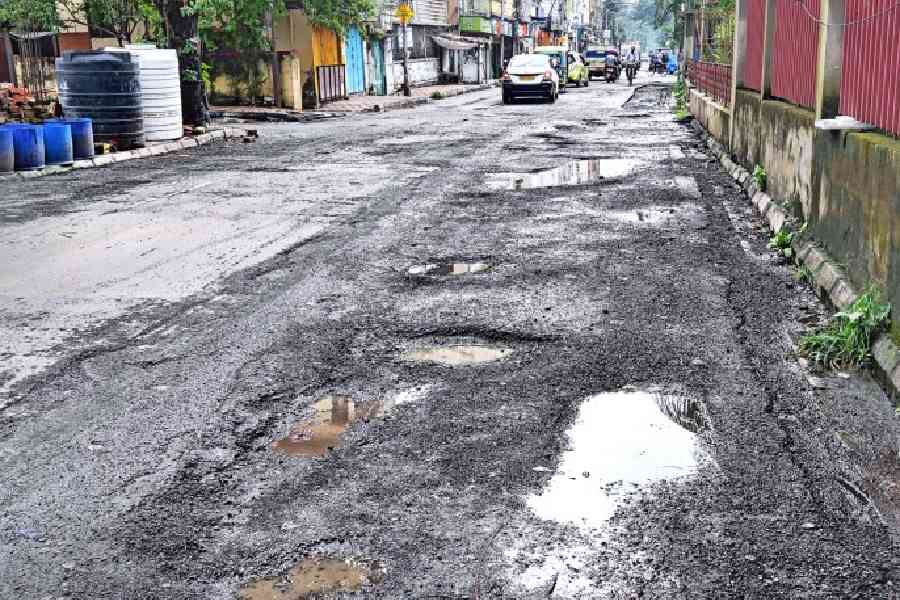 |
| The lanes in the colonial part of Cartagena are a riot of colours |
Cartagena. A stunning ancient town that half of America lusts for, making it a top travel destination in South America. When I first heard of Cartagena, I thought it was another name for Copacabana, of the hot beaches and crazy vibes. But then Copacabana is in Brazil and Cartagena in Colombia and I wondered what it was about South America that it could monopolise all the top beach cities in the world!
Cartagena is most certainly the gateway to South America. Located on the topmost northern tip of the continent, it is barely three hours by air from Florida. Surrounded by lush waters on all sides, Cartagena has a history going back to 4,000 BC. In the ancient days, it used to be a flourishing civilisation because of its mild climate and abundant wildlife and biodiversity.
The present-day city is known as Cartagena de Indias, which means the ‘Cartagena of the Indies’, thus clearly distinguishing it from the original city of Cartagena in Spain, which was where it got its name from.
Past perfect
Like most European colonies, Cartagena too is today reaping the fruits of its past by preserving its history in every colourful brick, crevice, balcony and wall, not to mention the beaches too!
 |
| The lanes of the colonial town |
Just like the British helped convert the tiny villages of Kolikata and Sutanuti into modern day Calcutta, so did the Spaniards, led by their commander Pedro de Heredia, land at the village of Calamari and renamed it after Cartagena, their native home back in Spain.
Beginning in the mid-16th century, the town had barely a few thousand people and one church. And that glorious church — San Pedro Claver — stands majestically on the seaside as a landmark on the gateway to South America. This is a Jesuit church, founded and administered by the Jesuits till date.
Guess what? I actually stayed in San Pedro Claver, the oldest building in Cartagena! With its really high ceilings, large verandas and an inner courtyard full of trees and that ancient well that must have also supplied drinking water in the past, the building keeps naturally cool. It was a stroke of luck that had me living in this legendary church that most people simply aspire to explore. Father Tulio SJ, in his 90s now, is still fully in charge. From welcoming us at the door to handing over our keys with an instruction note, Father is sprightlier in running up the ancient high stairs than anyone half his age.
The room is sparse with a makeshift shower indoors and a common toilet down the corridor. As I open the veranda, the view takes my breath away. San Pedro Claver is on the seafront, just inside the original wall that came up centuries ago.
COLONIAL CHARM
The wall goes around the colonial town which is a riot of colours. Most buildings are exceedingly well maintained and are brightly coloured with the predominant yellow and burnt orange. The streets are naturally narrow, being constructed at a time when carriages were in vogue. Yet, taxis? and cabs? are allowed to gently negotiate these lanes, picking and dropping the large number of tourists that throng this part of Cartagena.
 |
| The stained-glass ceiling at San Pedro Claver, in the diffused lighting of the glass case under the altar |
In 1984, this walled colonial area of Cartagena was designated a UNESCO World Heritage Site. The narrow cobbled streets are lined by balconies overflowing with flowers. Restaurants abound, as do cafes and large open parks and plazas where merriment reaches a crescendo as evenings ripen into nights. The walls enclose the colonial town and are a pleasure to walk around. With the sea on one side and the gaiety of Cartagena on the other, the wide, cannon-fitted walls of yore are indeed inviting.
This colonial town is the most enviable heart of the Cartagena de Indias. Very expensive to live in, even a really tiny room in a boutique hotel in the walled city can cost upwards of $200. Horse-drawn carriages recreate the magic of the past and yet leave no messy trail in their wake. At every turn the architecture is breathtaking. Leisurely shoppers also abound with enough jewellers offering the famed Colombian emeralds on show.
 |
| Cartagena, a bird’s-eye view |
For a vegetarian, South America itself is dicey, not to mention Cartagena. I live off a magnificent selection of crepes stuffed with fruit chutneys, cottage cheese and what else. And back at San Pedro Claver, Father Tulio makes sure I get my vegetarian breakfast from the kitchen. Fruits are in abundance and so are corn breads called arepas.
Breakfast over, I try and head outside the walled town. The beaches of Cartagena are famous with their greyish sands that make the water appear muddy even though it isn’t. Every beach seems crowded with sun bathers enjoying themselves to the hilt; behind them the skyscrapers seem incongruent to the historical beauty that I am fortunate to be enjoying back in the colonial town. But that apart, the rest of the city bustles with more history. The Castillo de san Felipe de Barajas is one of the best fortresses that the Spaniards ever made; they remind me of some of the magnificent fortresses back home. The steps of the La Popa church located on top of a mountain overlooking Cartagena totally reminded me of the steps up to Tirupati.
That was it. Went to Cartagena and was reminded of home half way across the globe. The only thing I missed was a chance sighting of Gabriel Garcia Marquez who, despite his illness and relocation to Mexico, used to retain and visit his home in Cartagena.
HOW TO GO: While there are no direct flights from India to Cartagena, all major international carriers fly to Bogota, Colombia, via Europe or North America. From Bogota, Avianca and Lan offer plenty of hourly flights to Cartagena.










